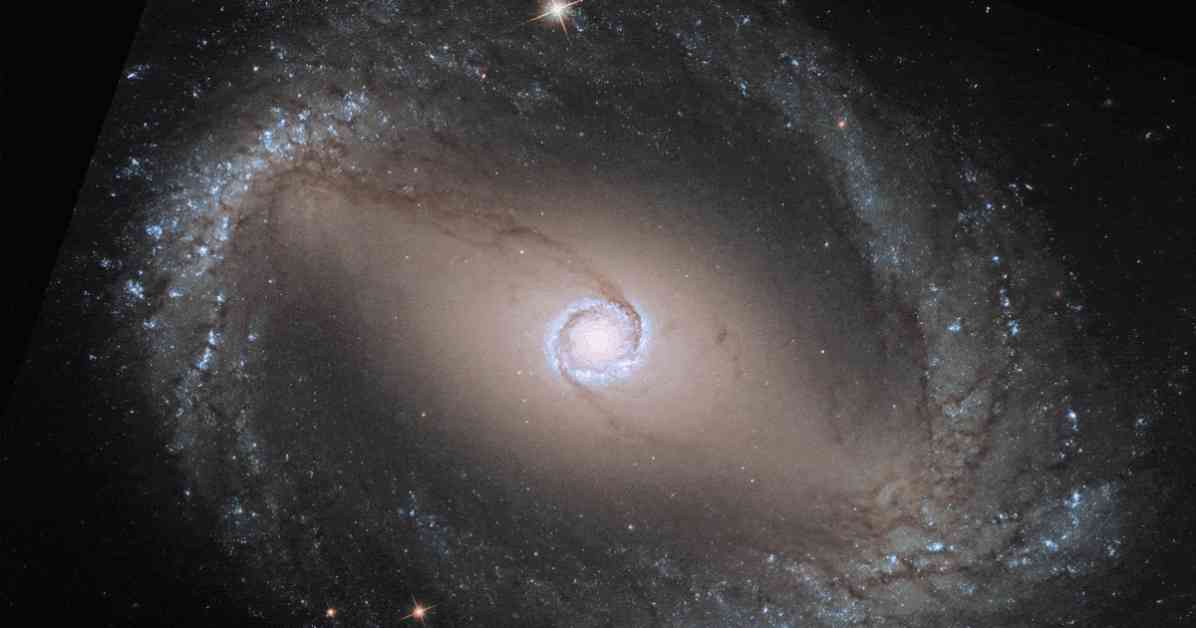In July 2022, the James Webb Space Telescope (JWST) unveiled its first science images, showcasing a new perspective on the Universe. With its unique features, such as being a large, cold, infrared-optimized observatory located 1.5 million km away from Earth, JWST has allowed scientists to explore the cosmos like never before. Over the past two years, JWST has made revolutionary discoveries that have challenged our understanding of the Universe.
One of the top findings from JWST is the discovery of the most distant galaxy ever observed, JADES-GS-z14-0, which dates back to when the Universe was just 285 million years old. This galaxy, along with other ultra-distant galaxies discovered by JWST, has provided insights into the early stages of galaxy formation and evolution.
Another groundbreaking discovery from JWST is the detection of free-floating giant planets in binary pairs within the Orion Nebula. This finding suggests that isolated giant planets are more common than previously thought and provides new insights into planetary formation processes.
JWST has also shed light on the formation of supermassive black holes in young galaxies. By studying black holes from the early Universe, JWST has challenged existing theories on black hole formation and growth, suggesting that massive black hole seeds may predate the earliest star-forming episodes in galaxies.
Furthermore, JWST has identified the most distant gravitational lens ever observed, where a compact galaxy acts as a lens for even more distant objects, allowing scientists to study the early Universe in unprecedented detail.
Moreover, JWST has provided new data on the expanding Universe, intensifying the debate over the Hubble tension – the difference in the measured expansion rate of the Universe using different methods. JWST’s high-resolution capabilities have enabled scientists to study individual stars in nearby galaxies, improving our understanding of cosmic distances.
Additionally, JWST has revealed the presence of an intermediate debris belt in the Fomalhaut system, challenging our previous understanding of planetary system structures. This finding suggests that some stellar systems may have three major belts, unlike our own Solar System.
Furthermore, JWST has identified the oldest proto-cluster of galaxies ever observed, forming just 650 million years after the Big Bang. This discovery provides insights into the early formation of galaxy clusters in the Universe.
Overall, JWST has surpassed previous limits set by the Hubble Space Telescope, revealing deeper, fainter, and more distant objects than ever before. Its unique design and capabilities have enabled scientists to make groundbreaking discoveries that have reshaped our understanding of the cosmos. The Universe continues to surprise us with its wonders, and JWST is at the forefront of unlocking its mysteries.












